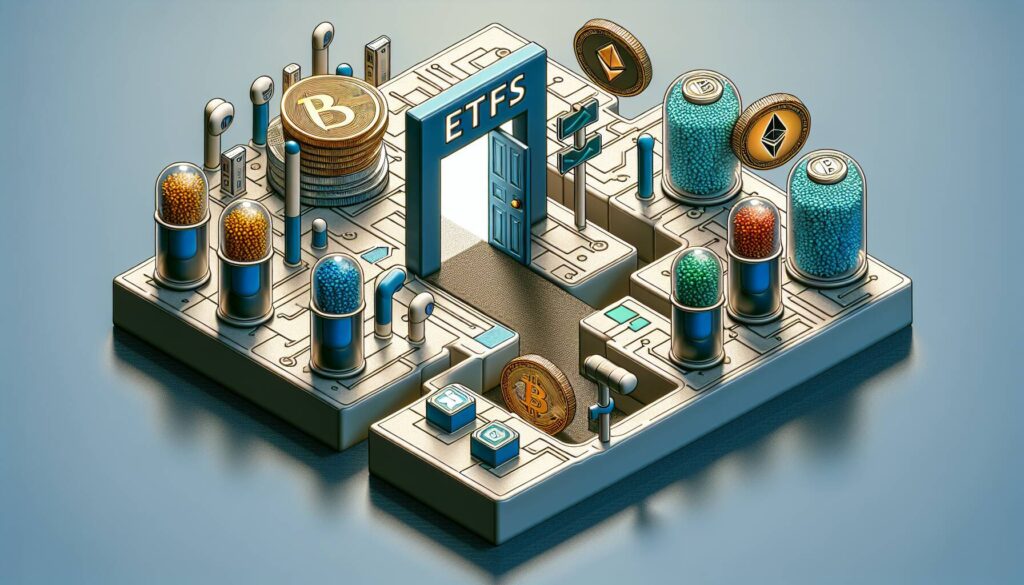In a turbulent turn of events, Polygon’s POL token experienced a substantial decline, dropping 6% on Thursday. This downturn comes in the wake of unexpectedly high U.S. inflation data, which has shaken the confidence in risk assets across the board. According to CoinDesk Analytics, POL saw considerable volatility, trading within a wide 10% range over just 24 hours, starting at $0.25 before a dramatic reversal sent it plummeting to $0.24.
The spike in selling pressure was notable, with trading volume surging to 1.1 million units, more than triple its average for the day. The $0.26 price point has now become a crucial resistance level following this high-volume rejection, suggesting that traders are cautious about pushing beyond this mark anytime soon.
“The selloff was not an isolated incident; it mirrored a broader market decline triggered by a concerning U.S. producer price index (PPI) report, which indicated a 0.9% month-over-month increase for July. This rise marks the largest leap in over three years and has raised concerns about the Federal Reserve’s potential rate cuts,”
As a result, the CoinDesk 20 Index, which serves as a benchmark for the wider cryptocurrency market, fell by 4% during the same timeframe, driven by profit-taking across various major tokens. POL is currently trading near $0.24, with momentum indicators hinting at potential further declines.

Impact of U.S. Inflation on Polygon’s POL Token
Key points regarding the recent performance of Polygon’s POL token and the broader market implications:
- POL Token Decline: The POL token experienced a 6% drop, breaking through important support levels.
- Trading Activity: POL’s trading volume increased significantly, reaching 1.1 million units, indicating heightened market activity and investor concern.
- Resistance Zone Established: The $0.26 level has become a critical resistance point after a strong sell-off.
- Broader Market Impact: The decline followed a U.S. producer price index (PPI) report, showing a 0.9% rise in July, impacting overall market sentiment.
- Reduced Rate Cut Expectations: The inflation data lowered expectations for Federal Reserve rate cuts, influencing speculative assets negatively.
- CoinDesk 20 Index Decline: The overall crypto market benchmark fell 4%, reflecting profit-taking across major tokens.
- Further Downside Risk: Momentum indicators suggest that POL may face additional declines in the near term.
The mentioned points highlight the interconnectedness of economic indicators and their direct effects on cryptocurrency investments, emphasizing the importance of market awareness for investors.
POL Token Faces Turbulence Amid U.S. Inflation Woes
The recent downtrend of Polygon’s POL token, which dropped 6% as it skidded through crucial support levels, highlights the volatility within the cryptocurrency market, particularly in response to macroeconomic factors. This decline became pronounced as the U.S. inflation data surpassed expectations, leading to a sell-off not only in POL but also affecting a broader spectrum on the market. Compared to other cryptocurrencies experiencing similar pressures, POL stands out due to significant trading volume spikes and pronounced resistance at the $0.26 mark.
Competitive Advantages: POL’s trading activity reflects a heightened level of engagement from investors, particularly with the 1.1 million units traded, significantly above the average. Such spikes can be indicative of strong market interest in POL’s fundamentals and potential long-term prospects, especially for traders who may see this as a buying opportunity at lower prices. While it recently faced downward pressure, the sharp rebound from lows suggests resilience among its community.
Competitive Disadvantages: The key resistance level identified at $0.26 poses a challenge for POL, as the token’s inability to maintain momentum in light of adverse economic news could alienate cautious investors. Additionally, the correlation between POL’s performance and macroeconomic indicators, such as the PPI report, indicates that any fluctuation in the broader economic landscape could disproportionately impact POL compared to more established or less volatile cryptocurrencies.
Investors who are more conservative or sensitive to market news may find POL’s current instability problematic, potentially leading them to seek refuge in more traditionally stable assets. Conversely, risk-takers and day traders might see opportunities in POL’s volatile behavior and increased trading volume, aiming to capitalize on short-term fluctuations as the market adjusts to the new economic data.

















